- Home
- personal finance
- Family
- 14 candid family photos from the 1970s show the quirky ways Americans celebrate the holidays
14 candid family photos from the 1970s show the quirky ways Americans celebrate the holidays
Born in the South Bronx, Meisler moved to Long Island in 1954 at age two. She was around seven the first time she held a camera, but it wasn’t until graduate school that she set out to create her first body of work. “In the 1970s, I pretty much carried my camera with me everywhere,” she said.

Meisler photographed a local motorcycle gang in Madison during her first semester of grad school at the University of Wisconsin. Over Thanksgiving break back home, she shot movie theaters in Times Square. It wasn't until winter that she finally started her Long Island series, which would remain her complete focus from then on. Meisler had a clear vision from the start: "I wanted to photograph where I was coming from, emphasizing the elements of play and love."
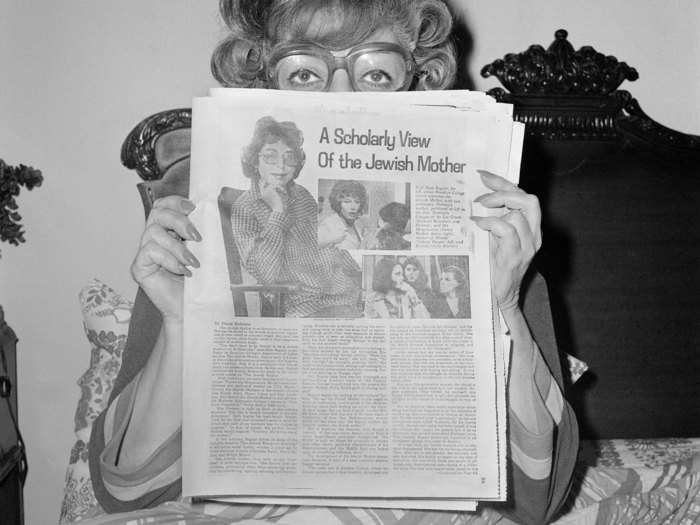
Jacque Henri Lartigue, who photographed his aristocratic French family at play in the early 20th century, was a big inspiration for Meisler's images of family and friends. "I loved their costumes, attire, antics and obvious love of fun, life and each other," she said.
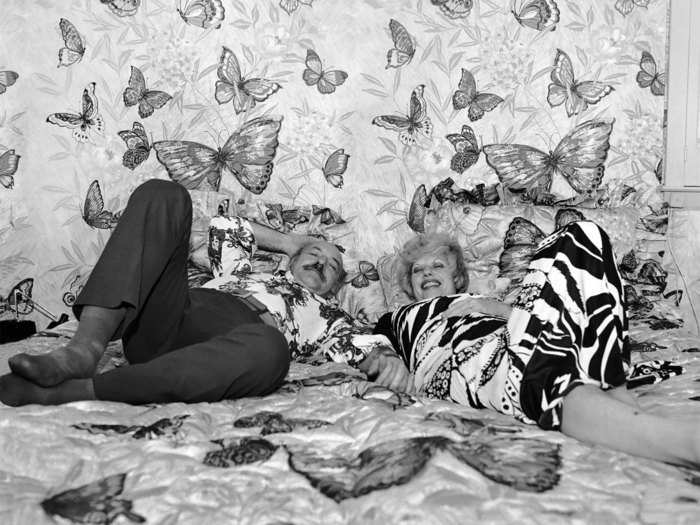
Meisler cites Diane Arbus, who famously photographed a wide array of "deviant" people and committed suicide in 1971, as another important influence. "My paternal grandfather, like Arbus, had taken his own life and the impact of that on our extended family added another personal connection," she said.
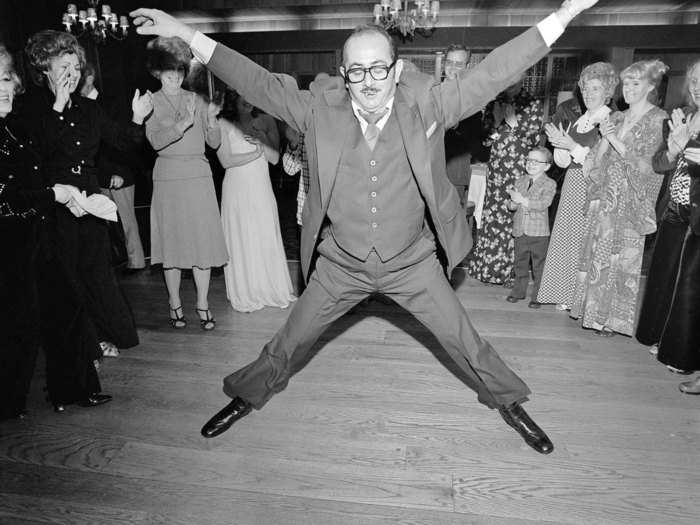
“Photography and cameras were always a part of my family," Meisler said. "My dad Jack, a printer by trade, was a terrific photographer, and his subject was our family. Dad’s father Murray, a machinist, always had a camera and light meter on him. Dad’s brother Al was also an avid photographer."
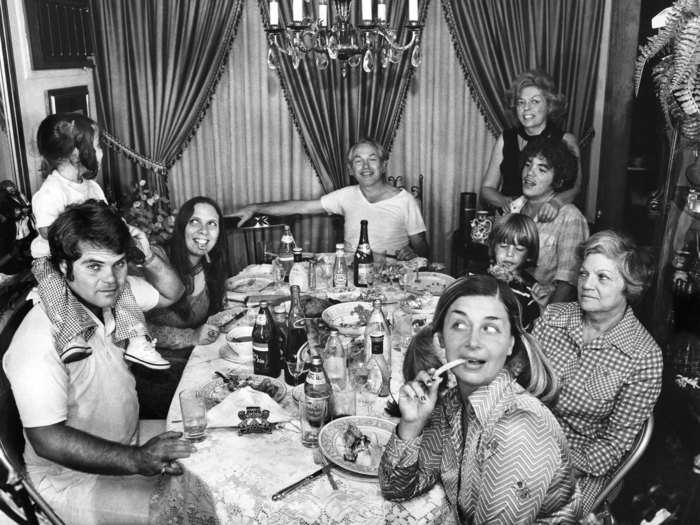
”Dad’s style of photography was very influential to me — documenting important occasions, capturing the expressions on kids' faces at birthday parties, Halloween, and family together on holidays," Meisler said. It's an inspiration that clearly trickled down through her own lens.
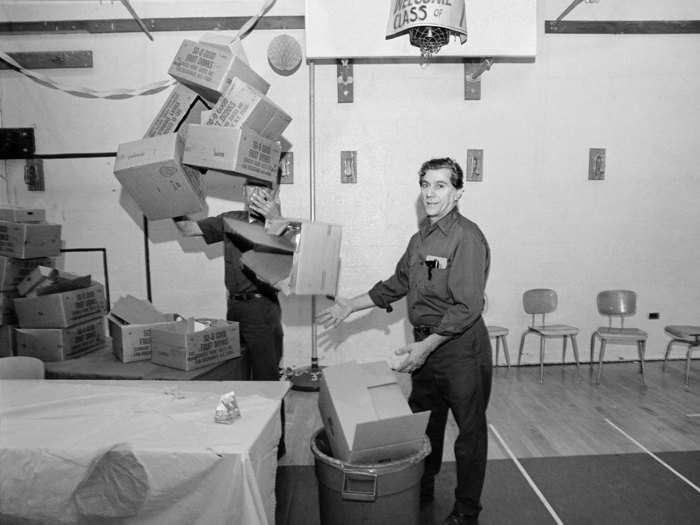
Meisler also liked to document special occasions. “Holidays, celebrations of life and community — those are important cherished times, usually upbeat and joyous for me. I am well aware that the holidays can be very painful and ‘bring out the worst’ for many. For me, it was and continues to be participation by choice, occasions with people I look forward to seeing and spending quality time with. Thus, that’s when I bring one of my closest friends: my camera. I never photographed a funeral.”
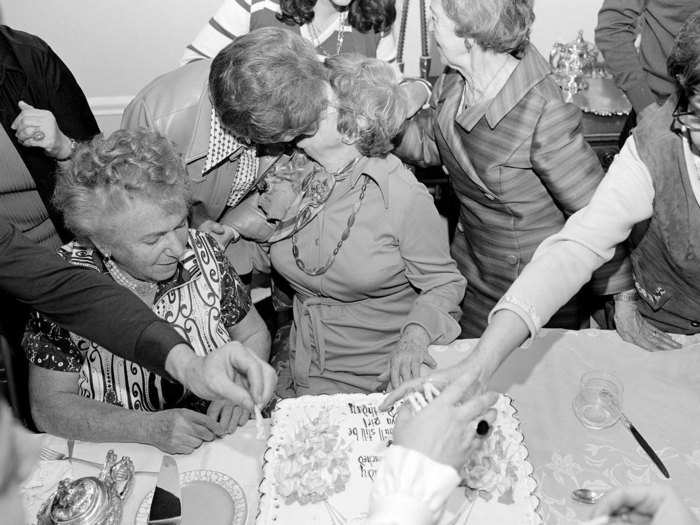
The moments she shot would often just present themselves, or stand out as particularly amusing. “Sometimes, I would just photograph something that caught my eye such as a man sleeping during an 80th birthday party, or a child sulking while surrounded at a crowded basement wedding. I don’t think I ever asked someone to ‘make a face,’ though I often hear myself saying ‘smile’ aloud when I am photographing,” she said.
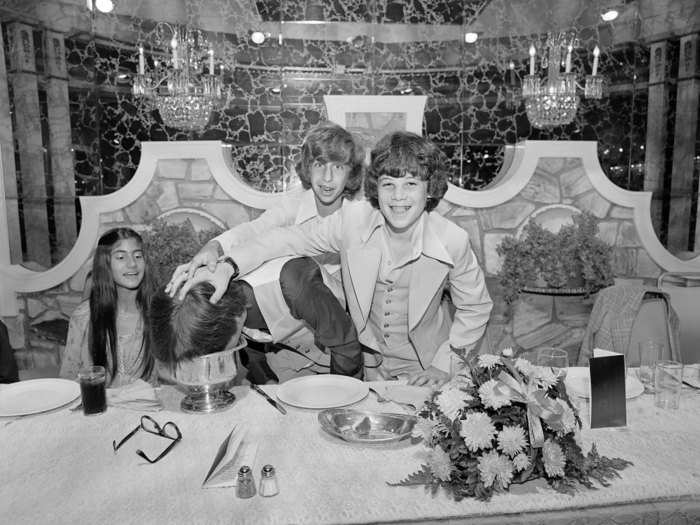
Some moments were very personal, like this one of her second cousin, Jennifer. Meisler said she recently talked to Jennifer about the image, recalling, “we were together at her parents (home in Florida). I showed them the book dummy, and they all loved it. I wanted to make sure they were comfortable with their photos being used in the book."
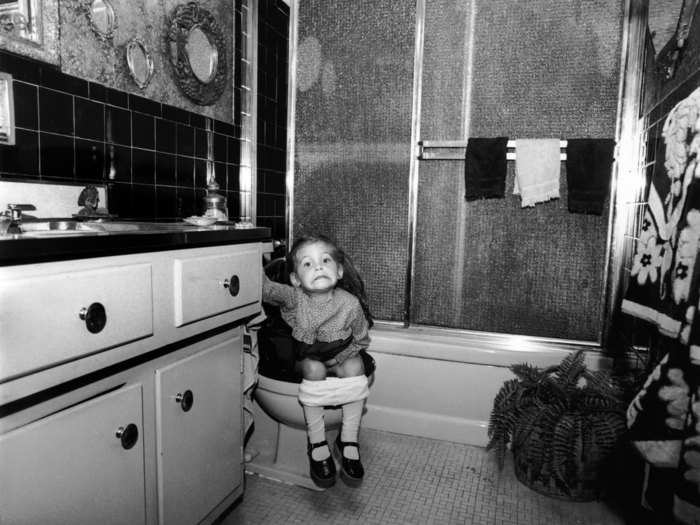
“There were times when I heard ’enough with the pictures’ and I’d respect that. My family and friends were very open to my photographing them,” Meisler said. “I would usually shoot one roll, maximum two, with 12 images each.”
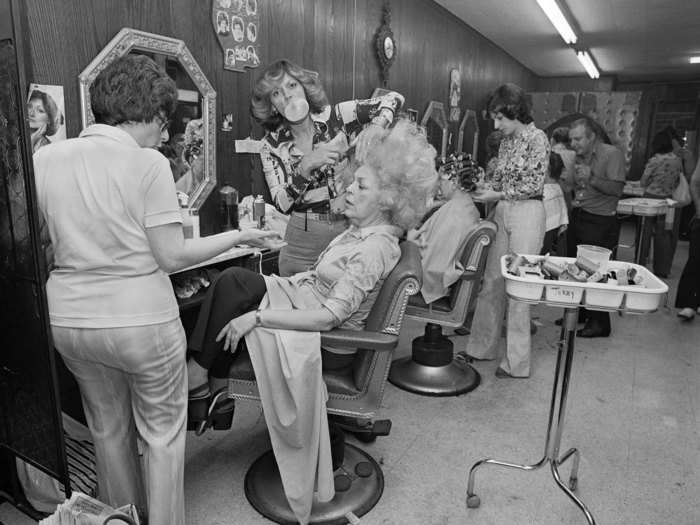
“Growing up, there was a book on our shelves with the title ‘What It Means To Be A Jew,’" Meisler said. "I often stared at the spine, meditating on its meaning. I grew up post-WWII and was acutely aware that my grandparents came to the United States seeking religious freedom and opportunity. Their offspring flourished while those who remained in their homeland perished simply because they were Jews."
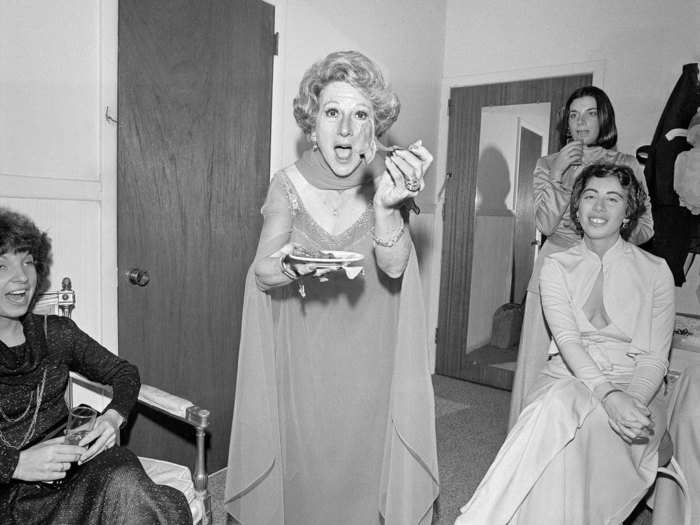
“My immediate and close extended family possess many qualities that influence me and my work: they are humorous, warm, ethical, honest, tenacious, loyal, trusting, and purposeful," Meisler said, adding that they taught her the importance of being a "mensch" — a person who is good in word and deed.
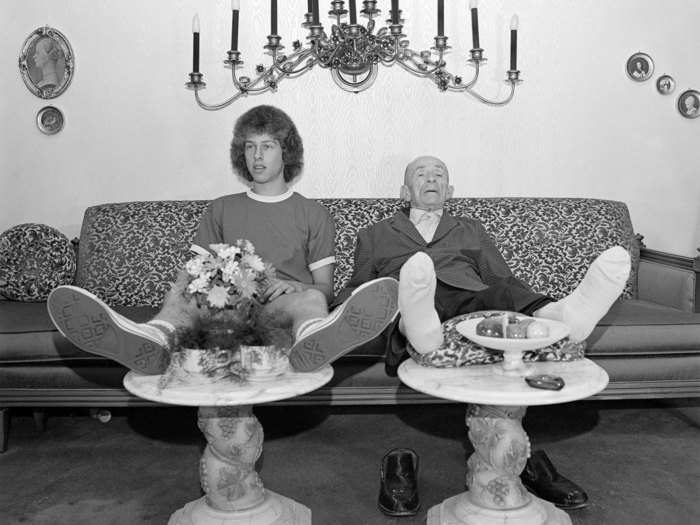
So why did Meisler combine images of her family life with pictures of New York City's street life? The two worlds, though separate, shared a common ground. “The proximity to NYC itself, and my dad’s daily commute, kindled an interest in museums, theater, and connection to the bright lights and big city. Long Island’s beautiful parks and beaches fostered a love of nature and water contrasting with the excitement of the city streets happily coexisted in my life.”
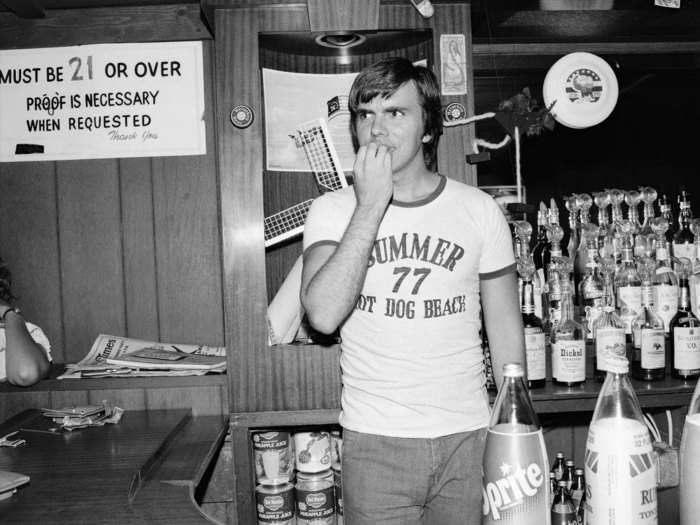
Looking back on her images now, about 40 years later, Meisler sees her work in a new light. “For me, humor exists in ironic situations, moments, and conversations. Sure, I know the pain of disappointment, sadness, depression, heartache, and grief and mourning all too well, but funny, joy, and love of life is what I want to acknowledge, capture, and hold on to.”
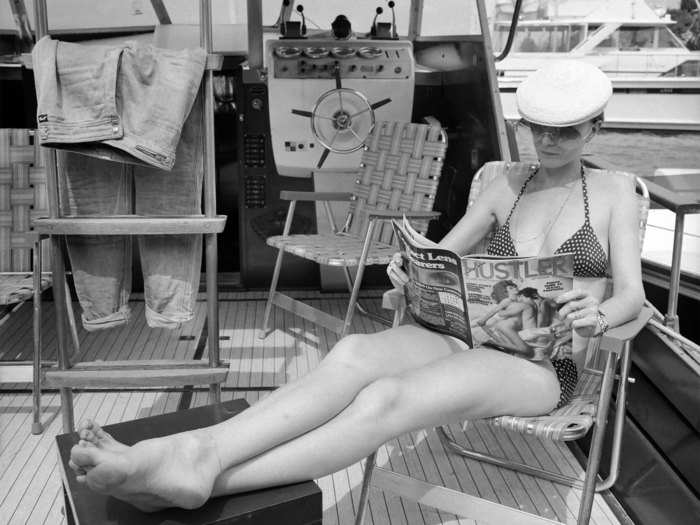
Popular Right Now
Advertisement